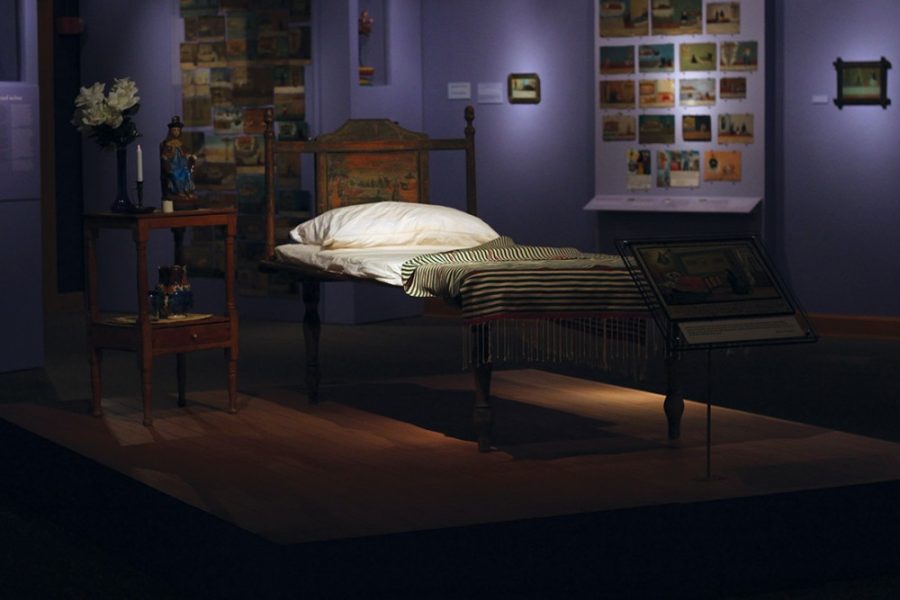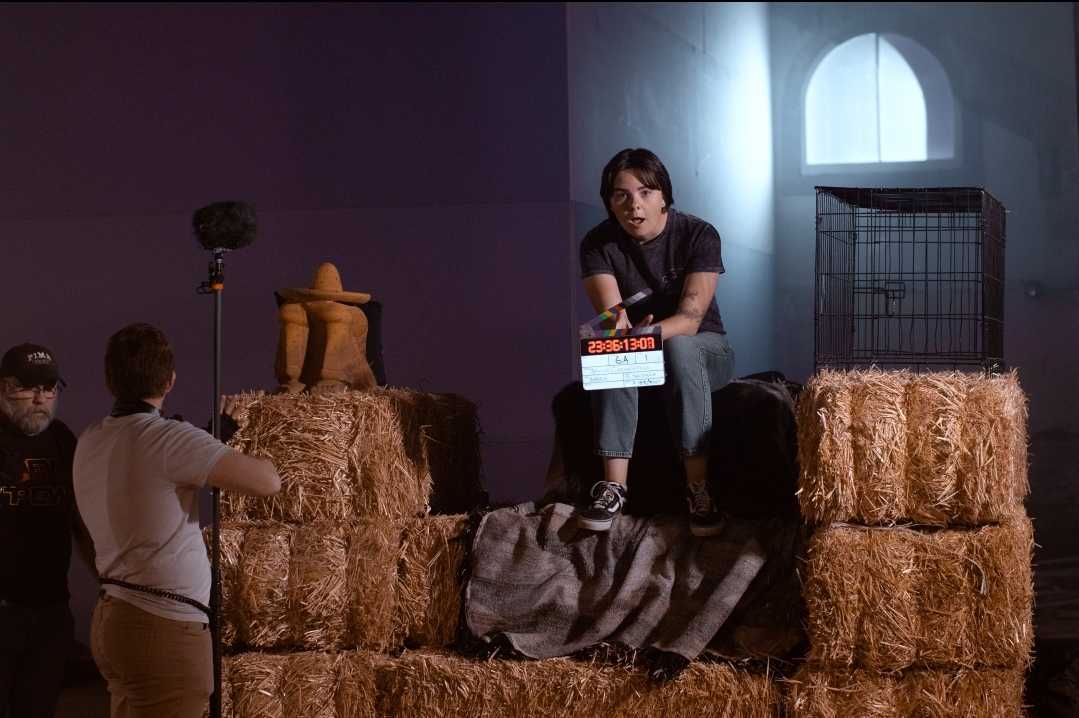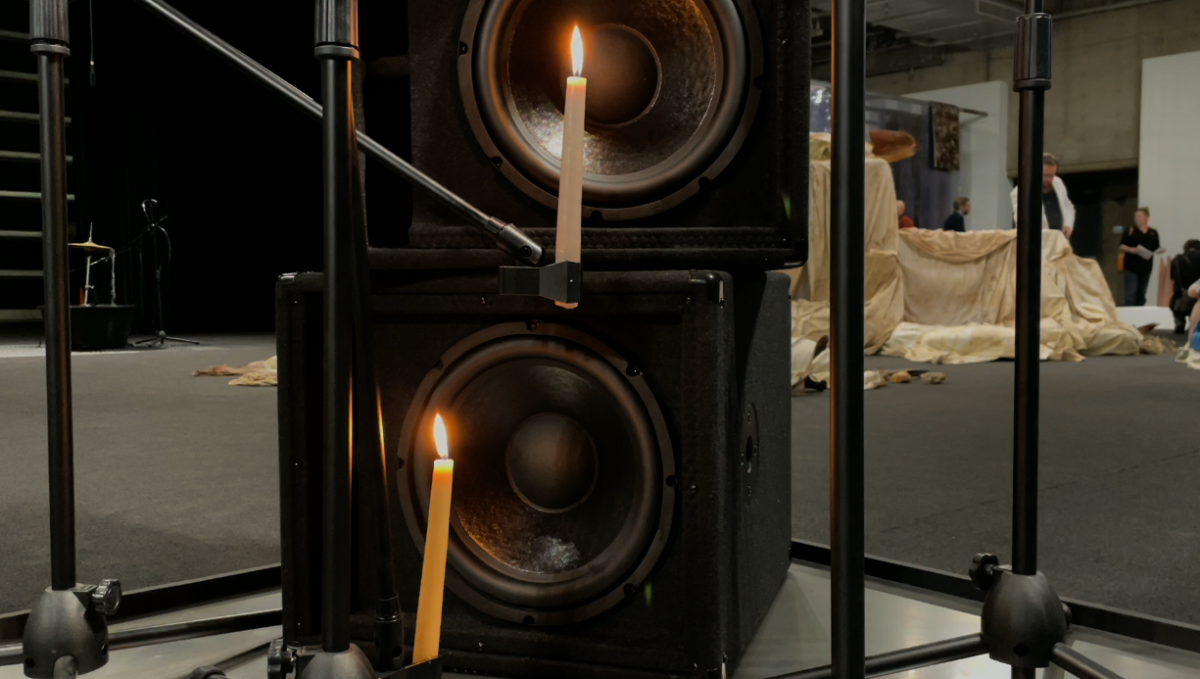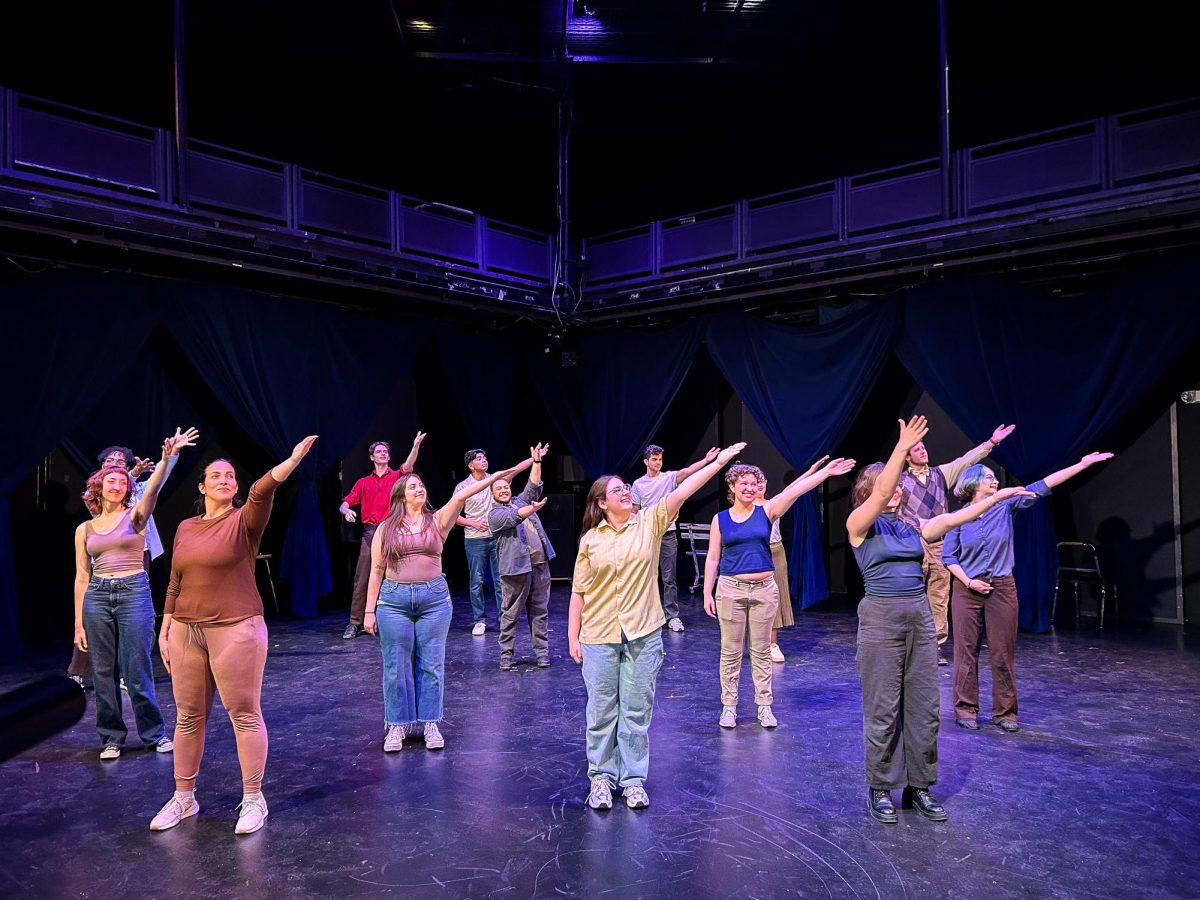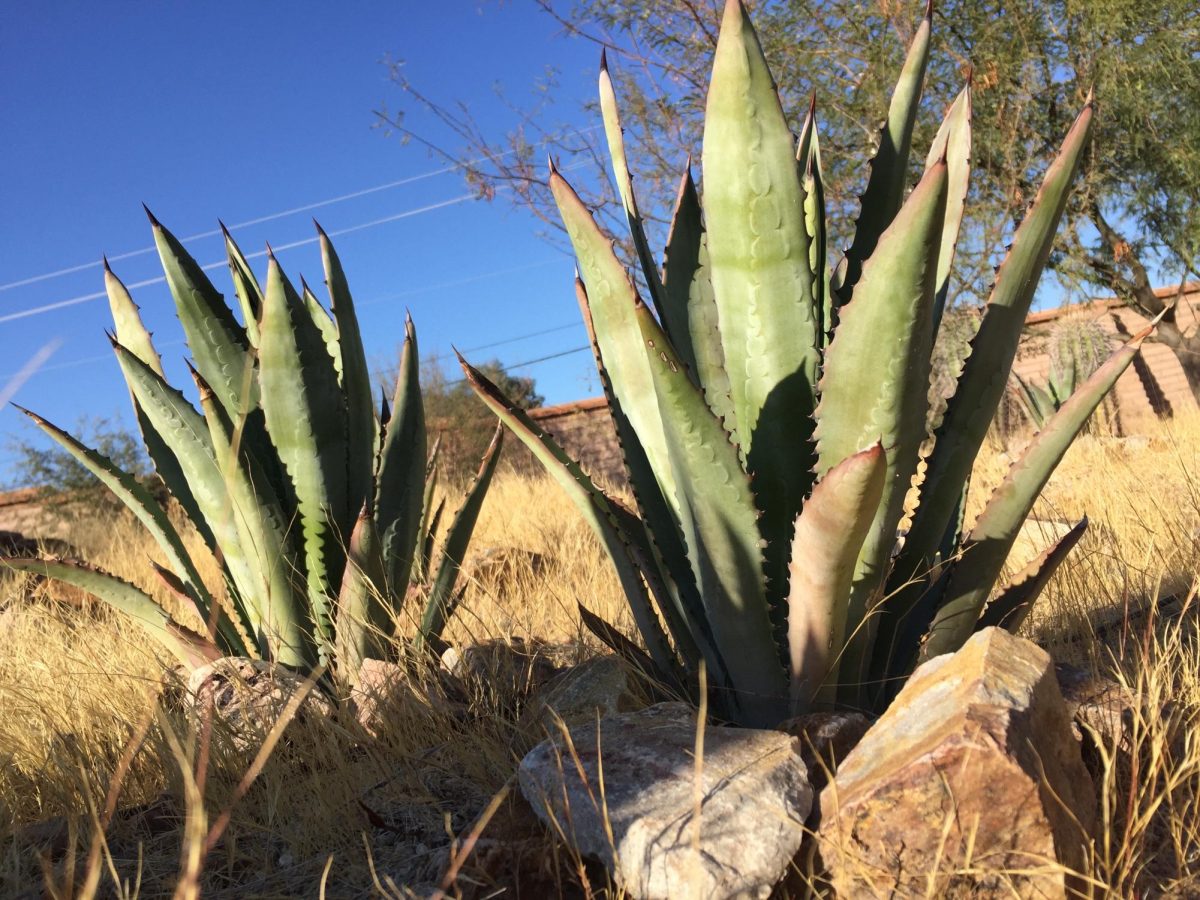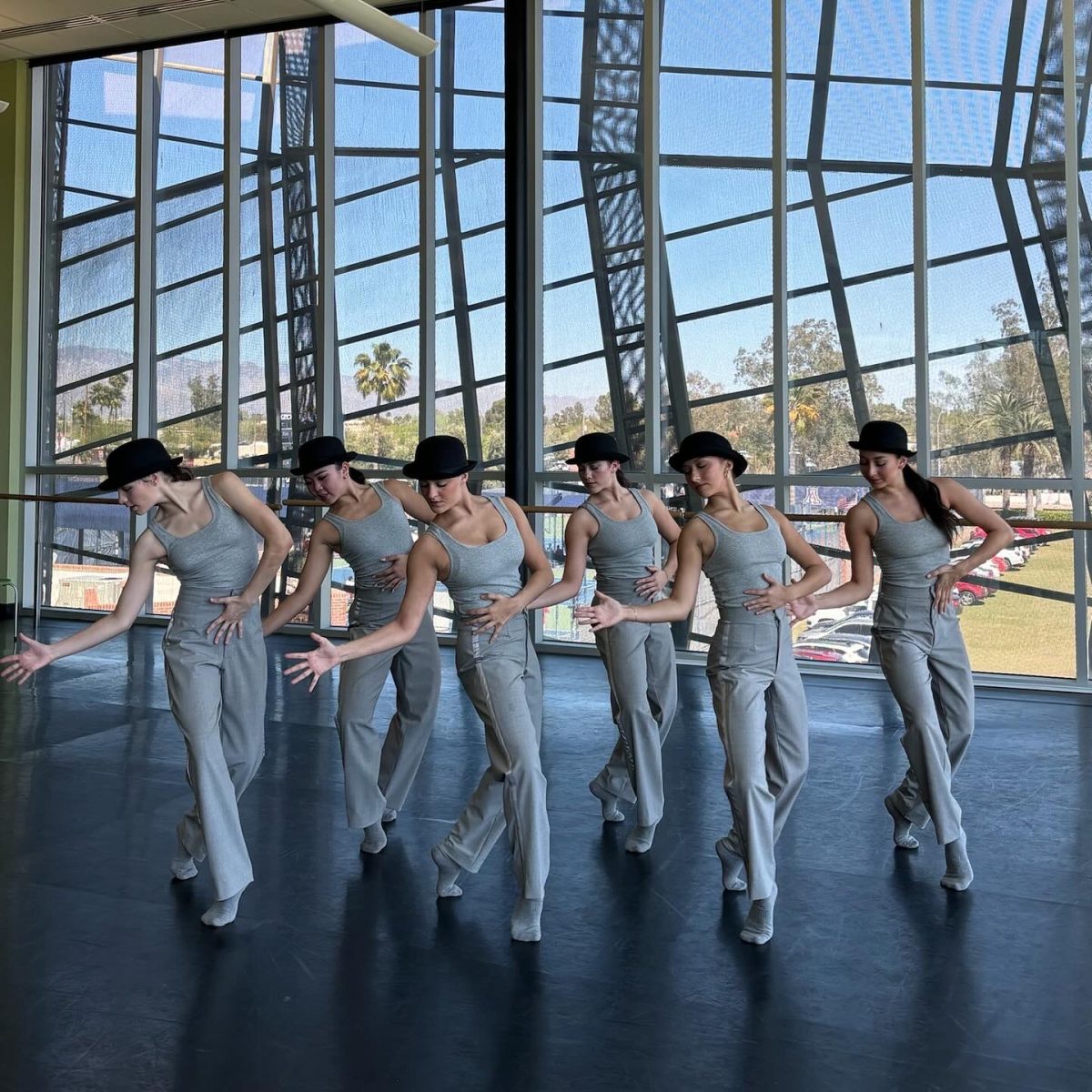When an upheaval in Mexican religious society forced the faithful to hide their devotionals, religious altars, traditionally found in churches or places or worship, began to surface within intimate spaces.
After Mexico gained independence from Spain in 1821, small sections of individual homes were transformed into sacred spaces to emphasize devotional practices and piety. The artwork is similar to the church retablos, but was done with oil paints on tin because of the inexpensive nature of the materials available at the time.
The “Intimacy of Faith” exhibit, presented by the Arizona State Museum, northeast of Main Gate Square, hosts intimate scenes and devotionals depicting daily life. The collection, privately owned by the Giffords family, will be available at the museum until January 2016, free for students with a CatCard and $5 for the general public.
The different pieces of art include retablos, huge, gold-leafed artistic pieces typically found in churches and cathedrals across Latin America and Europe, and ex-votos, religious paintings sometimes used as shrines. Retablos come from the Latin words, retro tablum meaning “behind the altar ”and they usually represent images of Christ and the Virgin Mary, amongst other saints, with God.
Ex-votos memorialize divine intervention after the subject of the piece has asked for a miracle. The pieces are often dated and provide detailed descriptions of difficult circumstances. The devotion portrayed in the painted pieces shows how intimately religion influenced day-to-day life.
“It’s a personal understanding of one’s relationship with faith,” said Michael Brescia, associate curator of ethnohistory at the Arizona State Museum and associate professor of history at the UA.
The key elements of the Mexican folk religious tradition, and a main takeaway from the exhibit, are petition and gratitude.
Petition, the act of requesting a favor from a higher authority, and gratitude are universal themes in all religions, Brescia noted. This exhibit and collection offers a vibrant and visceral connection to artistic examples of the privatization of religion during the tumultuous times in post-19th and early-20th-century Mexican history.
Gloria Fraser Giffords, art historian, guest curator, author and American Institute for Conservation fellow, described the exhibit as “engrossing, provocative and beautiful,” and a way to see how these religious pieces resonated so deeply with the Mexican people.
The collection is the culmination of 45 years of travel through Mexico. According to Fraser Giffords the Bajío, one of Mexico’s North-Central regions, is the original area to find retablos and ex-votos.
Fraser Giffords noted that as younger generations move out of their homes, they are given retablos or ex-votos to have wherever they choose to relocate. Yet, according to Fraser Giffords, as this happens, the art loses its meaning and sentiment. Sometimes the art is given away—Fraser Giffords received a piece as a token of appreciation after giving a lift to a man on the side of the road.
While the pieces of art were at one time plentiful, Fraser Giffords explained that the techniques and materials for painting on tin were replaced with lithography during the late 19th century. The touch of former similarity is the tin frame and general subject matter.
While the collection took years to obtain, she declares the experience worthwhile.
“It was a very hands on and rewarding personal experience,” Fraser Giffords said.



